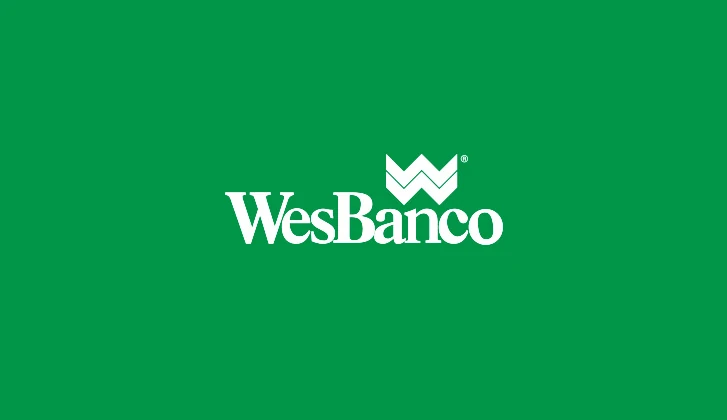NOTICE: Internet Explorer was retired by Microsoft on June 15th, 2022 and is no longer supported. This could change how you access Online Banking.
Cash-Out Refinance vs Home Equity Line of Credit (HELOC)

Cash-out refinancing and opening a home equity line of credit are both good options for making funds available using the equity in your home. But, there are significant differences between a cash-out refinance and HELOC.
The key differences between cash-out refinancing and HELOC include:
- Loan terms
- How you receive funds
- Interest rates
- Closing costs
Let’s compare cash-out refinancing vs HELOC so you can make the right choice when tapping into your home’s equity.
What is Cash-Out Refinancing?
A cash-out refinance actually pays off your existing first mortgage and creates a new mortgage loan. At closing, you’ll receive a lump sum from the money left over after your existing mortgage is paid off, which you can use any way you wish. Many choose this option to gain access to cash or get a mortgage at a more competitive interest rate. Just know that a cash-out home refinance has closing costs much like your original mortgage – and those can be significant.
What is a Home Equity Line of Credit?
A home equity line of credit, or HELOC, is considered a second mortgage as it is usually taken out in addition to your existing first mortgage. With a HELOC, you can withdraw funds as needed during a predetermined draw period – usually 15 years. You pay interest only on the amount you draw. When the draw period ends, you are no longer able to withdraw your funds and you have a certain period of time to repay the outstanding balance. Unlike a cash-out refinance, you usually have little or no closing costs.
The benefits of doing a HELOC include paying down principal faster than a cash-out refinance and the ability to recover costs faster. Plus, the cost to open and use a HELOC is much lower than a cash-out refinance.
Comparing the Loan Terms of Cash-Out Refinance vs HELOC
There are quite a few differences between the loan terms for each a cash-out refinance and a HELOC. When you opt for a cash-out refinance, you’re essentially creating a new mortgage based on a new interest rate agreed upon by you and your lender. The loan term for a new mortgage is usually between 15-30 years.
A HELOC term is a bit different than a cash-out refinance, with a loan term of about 25 years that includes a draw period and a repayment period. The draw period is typically the first 5-15 years of the loan followed by a repayment period of 10-20 years.
How You Receive Funds from a Cash-Out Refinance vs HELOC
If you decide on a cash-out refinance, you’ll receive your funds in a lump sum that you can use anyway you like without needing to pay it back. When it comes to a HELOC, you’ll have an open credit line based on the equity built up in your home. You’ll be able to use that credit during the draw period and will be required to pay it back within the agreed upon terms.
The Difference in Interest Rates for a Cash-Out Refinance vs HELOC
Cash-out refinance interest rates are based on a few factors including your credit history and income. Like a mortgage, you’ll have the option to choose a fixed-rate loan, with interest and payments that stay the same over the course of the loan. You’ll also have the option to choose an adjustable-rate loan, with a fluctuating interest rate during the course of the term.
If you opt for a HELOC, the interest rate is usually variable. That means when the benchmark interest rate fluctuates, the interest rate on your HELOC will also change. While a most HELOCs have a variable interest rate structure, WesBanco’s HELOC provides a new option— you can convert a portion of your outstanding balance into a non-revolving loan with a fixed-rate and term. This provides more flexibility for fluctuating interest rates.
Closing Costs Associated with Cash-Out Refinance vs HELOC
The steps for a cash-out refinance are similar to taking out your first mortgage. You will need to pay closing costs and budget for additional fees like the cost of a home appraisal. But the closing costs for a refinance are typically lower than a first-time mortgage.
HELOCs also have certain fees and closing costs associated with opening a line of credit. These include underwriting, appraisal and account maintenance fees which are usually set by your lender of choice.
What’s the Best Option for You?
It depends on your needs and circumstances. If you need access to the equity in your home, do your homework. Do you need the money for something short-term? Or, do you want to lower your mortgage rate and use the cash for other improvements or expenses? We’re happy to help you find an option that’s right for you.
Content is for informational purposes only and is not intended to provide legal or financial advice. The views and opinions expressed do not necessarily represent the views and opinions of WesBanco.
While we hope you find this content useful, it is only intended to serve as a starting point. Your next step is to speak with a qualified, licensed professional who can provide advice tailored to your individual circumstances. Nothing in this article, nor in any associated resources, should be construed as financial or legal advice. Furthermore, while we have made good faith efforts to ensure that the information presented was correct as of the date the content was prepared, we are unable to guarantee that it remains accurate today.
Neither Banzai nor its sponsoring partners make any warranties or representations as to the accuracy, applicability, completeness, or suitability for any particular purpose of the information contained herein. Banzai and its sponsoring partners expressly disclaim any liability arising from the use or misuse of these materials and, by visiting this site, you agree to release Banzai and its sponsoring partners from any such liability. Do not rely upon the information provided in this content when making decisions regarding financial or legal matters without first consulting with a qualified, licensed professional.

